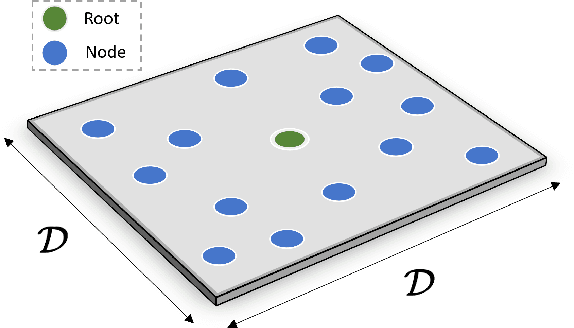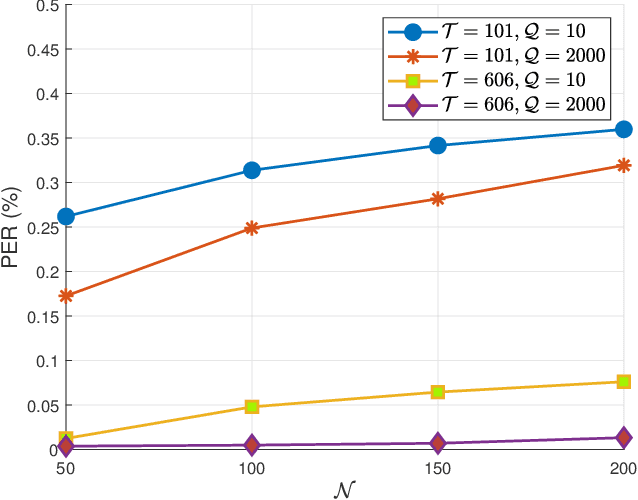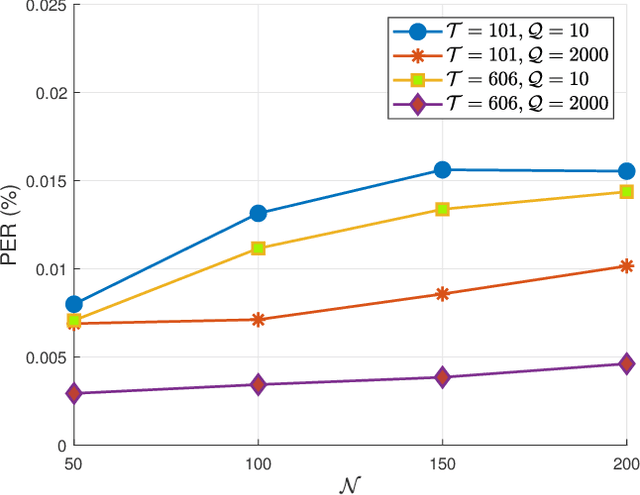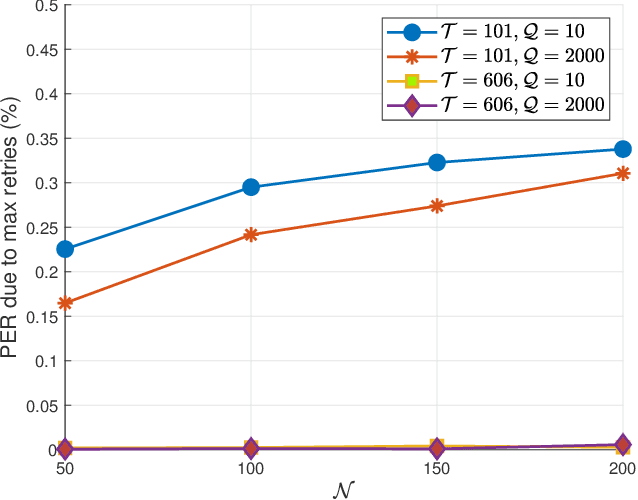Guilherme de Santi Peron
Performance Analysis of 6TiSCH Networks Using Discrete Events Simulator
Oct 07, 2024



Abstract:The Internet of Things (IoT) empowers small devices to sense, react, and communicate, with applications ranging from smart ordinary household objects to complex industrial processes. To provide access to an increasing number of IoT devices, particularly in long-distance communication scenarios, a robust low-power wide area network (LPWAN) protocol becomes essential. A widely adopted protocol for this purpose is 6TiSCH, which builds upon the IEEE 802.15.4 standard. It introduces time-slotted channel hopping (TSCH) mode as a new medium access control (MAC) layer operating mode, in conjunction with IEEE 802.15.4g, which also defines both MAC and physical layer (PHY) layers and provides IPv6 connectivity for LPWAN. Notably, 6TiSCH has gained adoption in significant standards such as Wireless Intelligent Ubiquitous Networks (Wi-SUN). This study evaluates the scalability of 6TiSCH, with a focus on key parameters such as queue size, the maximum number of single-hop retries, and the slotframe length. Computational simulations were performed using an open-source simulator and obtained the following results: increasing the transmission queue size, along with adjusting the number of retries and slotframe length, leads to a reduction in the packet error rate (PER). Notably, the impact of the number of retries is particularly pronounced. Furthermore, the effect on latency varies based on the specific combination of these parameters as the network scales.
 Add to Chrome
Add to Chrome Add to Firefox
Add to Firefox Add to Edge
Add to Edge